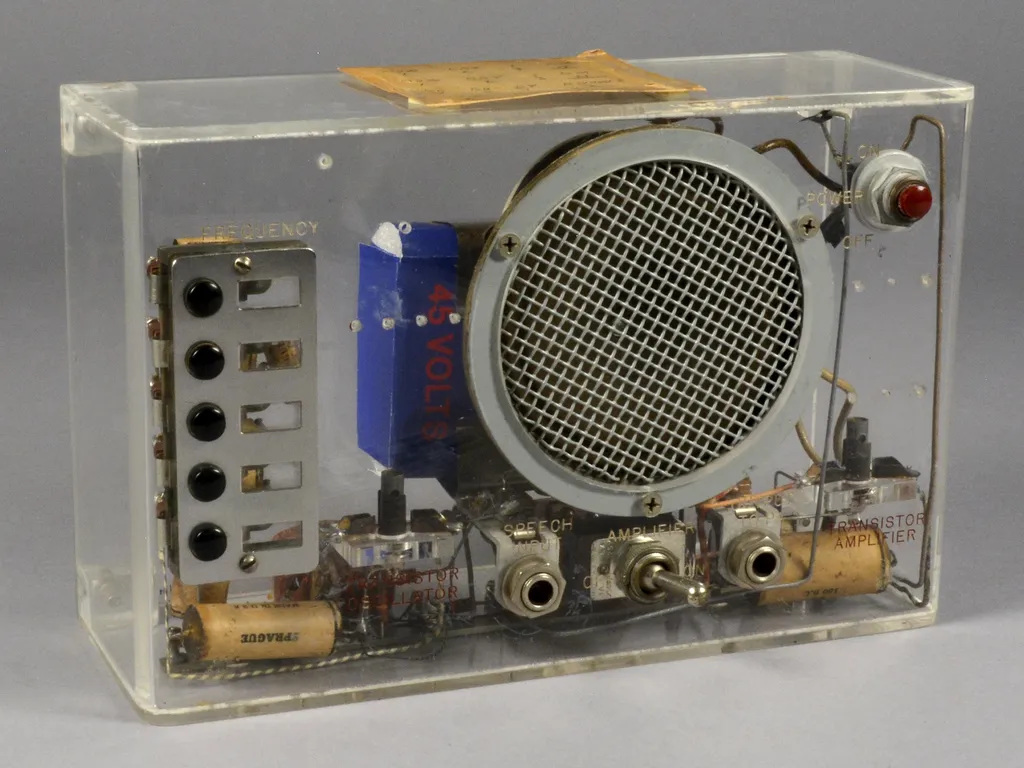In the relentless pursuit of smaller, faster, and more efficient microelectronic devices, researchers have long grappled with the challenges posed by atomic-level fluctuations and single defect screenings. Traditional simulation methods, relying on macroscopic continuum dielectric functions, often fall short when devices shrink to the nanometer scale. Enter Zhao-Yi Yan, a researcher from the Institute of Semiconductors at the Chinese Academy of Sciences in Beijing, who, along with his team, has developed a groundbreaking approach to address these very issues.
Published in the journal *Computational Materials Today* (translated as *Computational Materials Today*), Yan’s work introduces an atomic motif-based Poisson solver (AMPS), a method that leverages atom-specific motifs derived from density functional theory (DFT) to capture atomic-scale polarization while self-consistently solving the long-range Coulomb potential. “AMPS balances accuracy and computational efficiency, demonstrating high flexibility across tested configurations, including 3-nm gate-all-around (GAA) devices with over 20,000 atoms,” Yan explains.
The implications of this research are profound, particularly for the energy sector. As devices continue to shrink, the ability to accurately model and predict their behavior becomes crucial for advancing energy-efficient technologies. Yan’s AMPS method offers a significant leap forward, providing a tool that can simulate large-scale systems with an efficiency comparable to traditional TCAD tools, but with atomic-level precision.
“This approach unlocks first principles simulation potential for large-scale systems,” Yan states, highlighting the transformative potential of AMPS. By illustrating how electron and hole wavefunctions, as well as their polarizations, are influenced by atomistic interfacial fluctuations at the device level, Yan’s research paves the way for more accurate and efficient microelectronic designs.
The commercial impacts of this research are substantial. As the demand for energy-efficient devices grows, so does the need for advanced simulation tools that can keep pace with the rapid advancements in technology. Yan’s AMPS method offers a promising solution, enabling researchers and engineers to design and optimize devices with unprecedented accuracy and efficiency.
In the ever-evolving landscape of microelectronics, Yan’s work stands as a testament to the power of innovative thinking and cutting-edge research. As the industry continues to push the boundaries of what’s possible, tools like AMPS will be instrumental in shaping the future of energy-efficient technologies.

